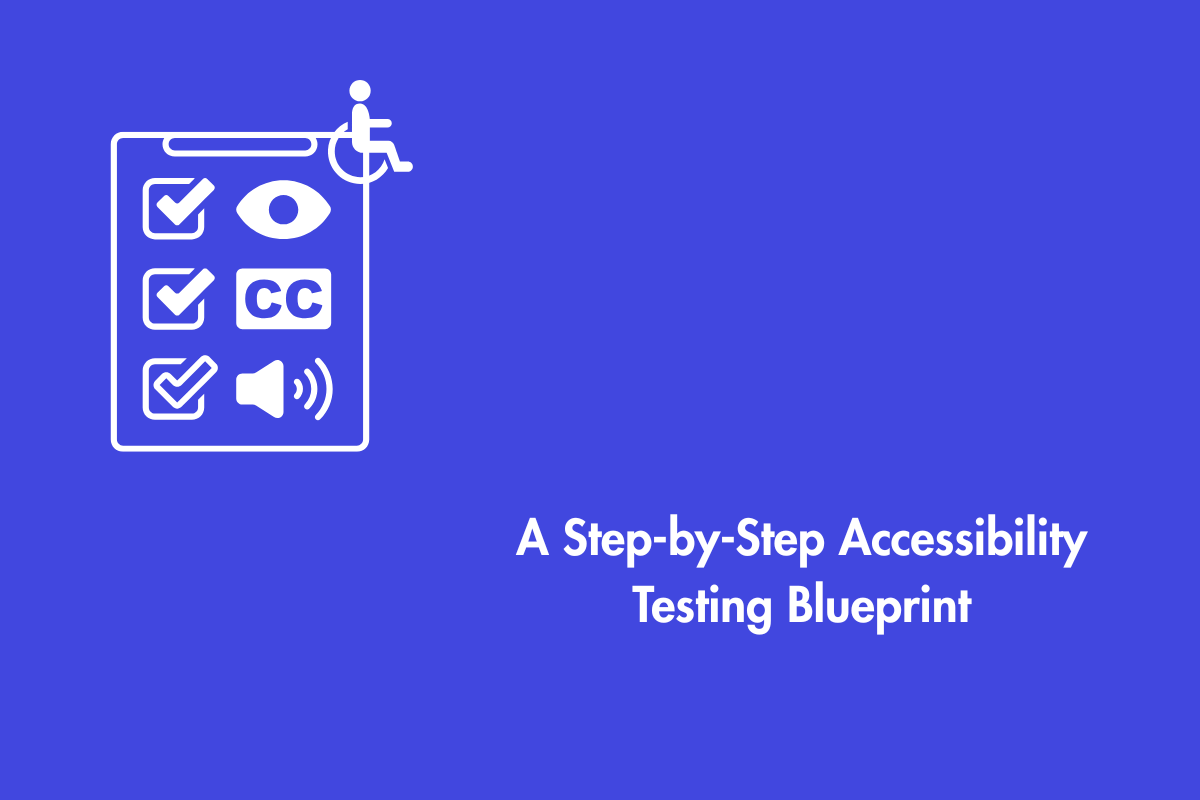Ensure that the content involving multiple languages on the same page has the human language defined such that it can be programmatically determined.
Table of Contents
Official Requirements
Success Criterion 3.1.2 Language of Parts (Level AA): The human language of each passage or phrase in the content can be programmatically determined except for proper names, technical terms, words of indeterminate language, and words or phrases that have become part of the vernacular of the immediately surrounding text.
Why is it required?
Firstly we must understand human language, it is the language that is spoken, written, or signed (through visual or tactile means) to communicate with humans. When the language is not specified for a phrase or passage of text then the human language becomes the default language of the web page.
Many times words or sentences are used depending on situation such as quoting a foreign ruler. This unexpected change in language may be difficult for Assistive Technology users as the device or software may not be able to understand it. Therefore, ensuring that the content is programmatically determined helps user agents and assistive technologies to present content according to the presentation and pronunciation rules for that language.
How do we fix it?
- Provide language attributes to help users agents and assistive technologies to identify changes in the human language
- Use appropriate language tags and subcodes to indicate variants of the language
- Specify the language for a phrase or passage using Lang entry in PDF documents
Are there any exceptions?
This success criterion does not apply to technical terms, indeterminate language words, and when it is part of the vernacular of the immediately surrounding text.



